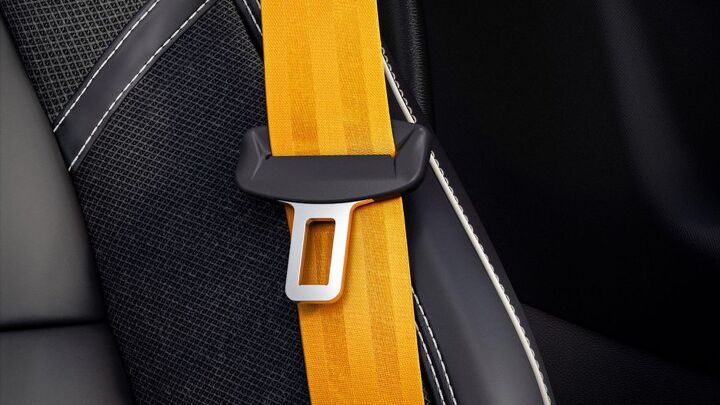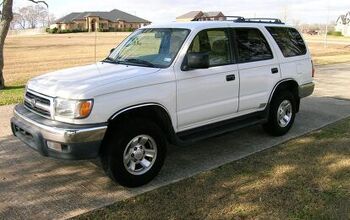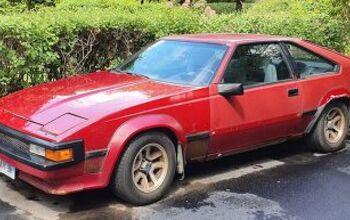NTSB to Limo Operators: Buckle Up for Change

In the wake of a deadly Ford Excursion limousine crash in upstate New York, the National Transportation Safety Board is calling on limo operators and builders to ensure passengers are belted in. It’s also calling on the National Highway Traffic Safety Administration to make its recommendation the law of the land.
The 2018 crash in Schoharie, NY killed 18 occupants of the aging SUV-turned-limo, as well as two pedestrians. Using this crash and several others as a starting point, the NTSB’s study and subsequent report found that the only way to ensure passenger safety is the most obvious one: buckle up.
While the 2001 Excursion super-stretch retained the model’s original rear seats and belts and included belts for the perimeter-style bench seating, “the NTSB found the side- and rear-facing bench seats failed in the direction of the crash forces and that the strength of these seats and their anchorages were inadequate during the crash,” the report states.
“In comparison, the original Ford passenger seats in the rear of the vehicle remained attached to the floor and intact.”
Despite the passenger compartment of the limo remaining intact following the crash, none of the occupants were belted when the vehicle lost control on a steep grade. The NTSB feels the crash would have been survivable, had the seats remained secure and the belts properly anchored. And, of course, if the occupants were strapped in.
Two other fatal limo crashes — one in Elgin, Illinois, and the other in Cranbury, New Jersey — also saw fatalities, despite lower crash forces than those seen in the NY accident. Again, seatbelts were provided, but occupants chose not to wear them.
Especially with perimeter seating, “if seat belts on limousines are not readily accessible to the passengers, they are unlikely to be worn,” the NTSB claims.
The board’s recommendations are threefold. For one, it calls upon the NHTSA to “require lap/shoulder belts for each passenger seating position on all new vehicles modified to be used as limousines,” and to mandate that “seating systems in these vehicles to meet minimum performance standards to ensure their integrity during a crash.”
It also calls upon the National Limousine Association to educate its members on proper seat belt use and “develop methods to ensure seat belts are functional and accessible to passengers and encourage passengers to use them.” Lastly, the NTSB wants the New York Department of Transportation to “ensure all limousine seat belts are functional and accessible in their regular inspection process.”
[Image: Volvo Cars]

More by Steph Willems
Latest Car Reviews
Read moreLatest Product Reviews
Read moreRecent Comments
- Funky D The only piece of technology introduced in the last 10 years that is actually useful is the backup camera. Get rid of the rest. All I want is a car with that and phone connectivity and zero driving nannies.
- TheMrFreeze As somebody who's worked in IT for my entire career, I don't want any computer automatically doing something of this nature on my behalf. Automatically turning on my headlights? Sure (and why hasn't THAT been mandated yet). Automatically braking, or steering, or actually driving my car for me? Not an effing chance...I've seen computers do too much weird stuff for no reason to trust my life to one.
- Daniel J Our CX-5 has hit its automatic brakes a few times at in very unnecessary situations. My 2018 doesn't have it, but it will shake and throw a warning if it thinks you should brake. Only once was it needed. The dozen or so times it has gone off I was already on the brakes or traffic was in a pattern that just fooled it.
- Kosmo This would become interesting with a turbo and 6MT.
- CanadaCraig 'Afraid' is the wrong word. The question should be, "Do you trust autonomous cars to get you from point A to point B and all points in between safely?" And my answer to that question is 'NO'.

































Comments
Join the conversation
Okay, we all know that you are better off when buckled up and when the seats stay attached to the floor. I'm seeing nothing here or at the link that states the proximate cause of the accident. About all I'm getting from the links at the NTSB site is that the State of New York tried to stonewall the NTSB. Anybody have a clue what the cause was? Brake failure, driver health issues, what? After all, you are better off not having the accident at all. Paul
Wait, how am I supposed to get a lapdance (or something more appropriate to the name) in the backseat of a stretch Hummer limo if everybody is buckled up? Lame.